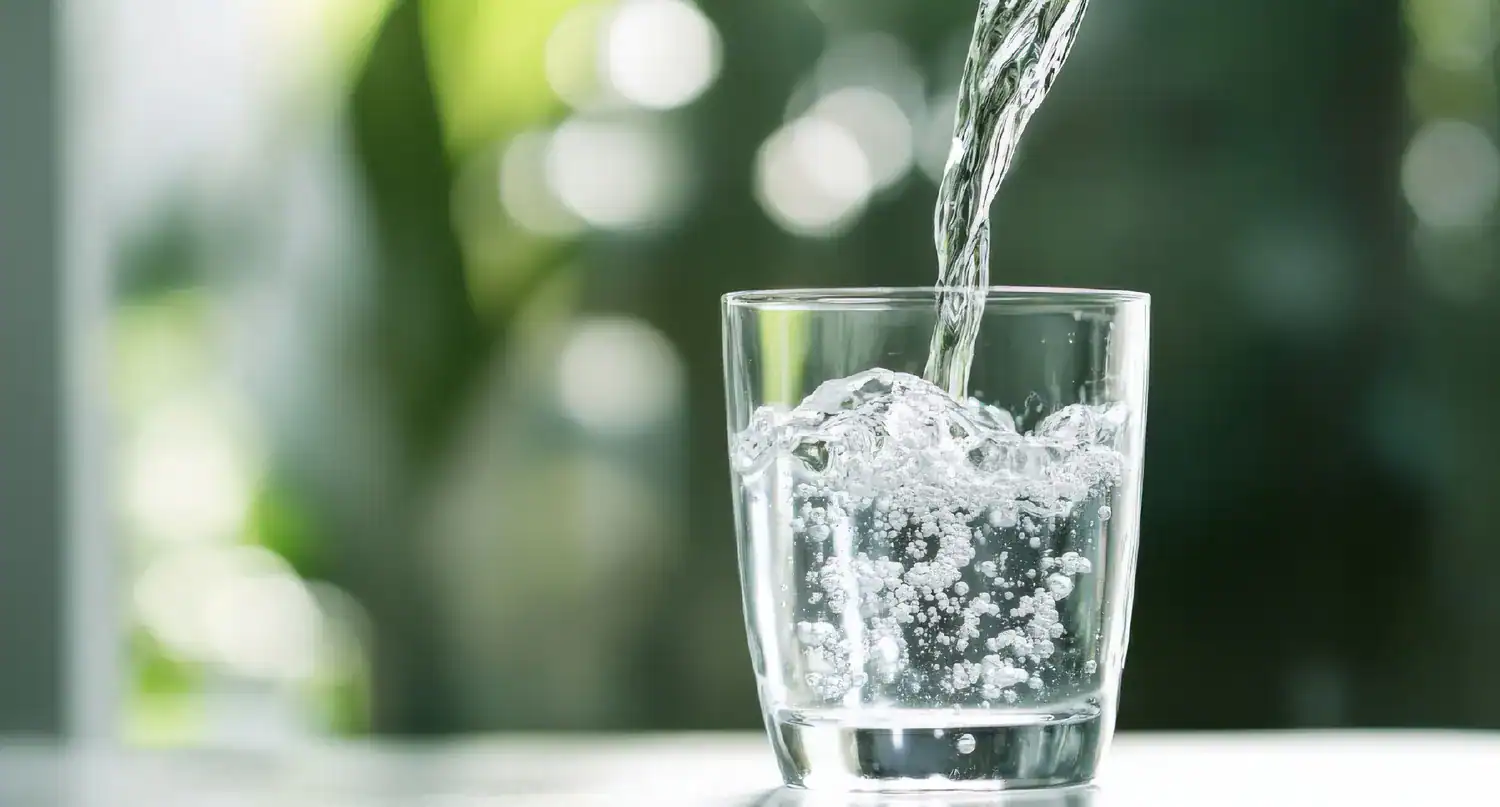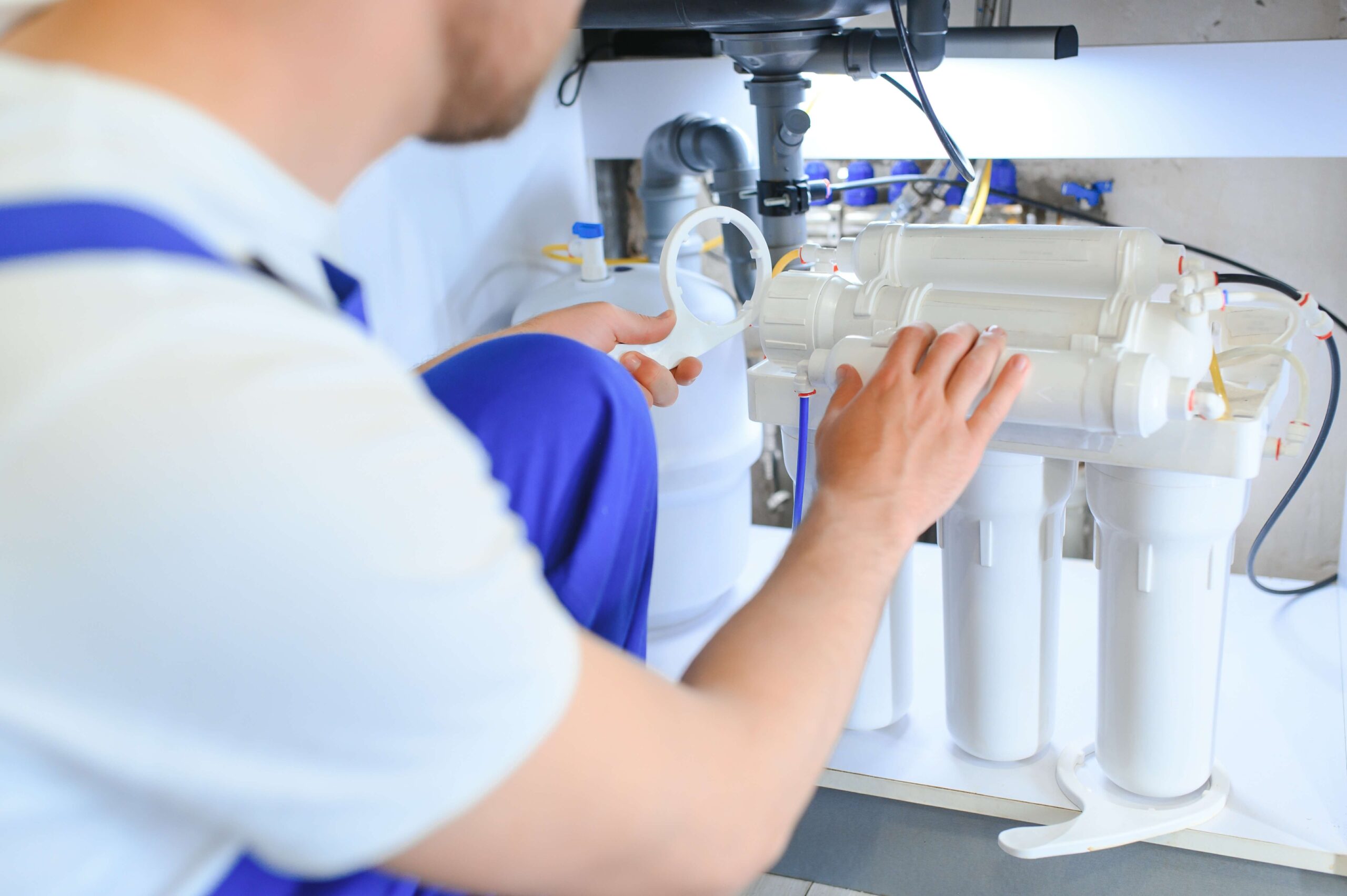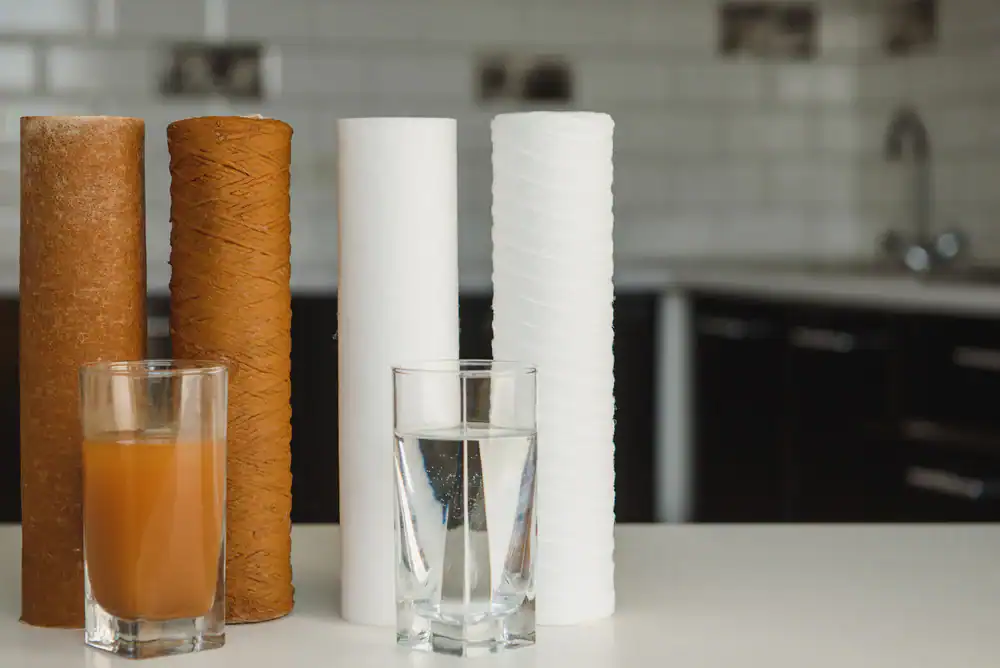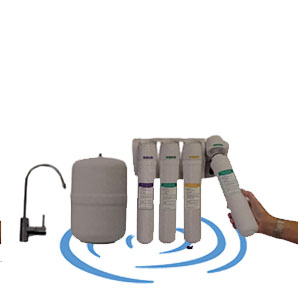Navigating the intricacies of the water treatment process can be a daunting task. Yet, it’s essential for ensuring the safety and quality of the water in your home. At Quality Safe Water, we believe in empowering our customers with knowledge, making it easier for you to make informed decisions about your water quality. This article breaks down the water treatment process into simple, understandable steps. And remember, to truly understand the quality of your water, consider calling us for a free water testing service.
1. Collection and Transportation
The journey of water treatment begins at the source. Water is collected from natural sources like rivers, lakes, or underground aquifers. According to the Environmental Protection Agency (EPA), the first step is to choose the best water source. This water is transported to a treatment facility through a network of pipes and pumps.
2. Screening and Straining
Upon arrival at the treatment facility, the water undergoes preliminary screening. This step involves removing large debris, such as leaves, sticks, and other sizable materials. It’s a crucial step to prevent downstream damage or clogging of the treatment equipment.
3. Coagulation and Flocculation
Next comes coagulation, where chemicals with a positive charge are added to the water. These chemicals neutralize the negative charge of dirt and other dissolved particles in the water. Once canceled, the particles bind with the chemicals and form larger particles, known as flocs. Flocculation follows, where the water is gently mixed, allowing the flocs to grow bigger.
4. Sedimentation
During sedimentation, the heavy flocs settle to the bottom due to gravity. This process separates the clear water from the sediment and is a pivotal step in ensuring the removal of suspended particles.
5. Filtration
The clear water on top then moves through various filters. These can include sand, gravel, and charcoal filters that help remove smaller particles, such as dust, parasites, bacteria, viruses, and chemicals. The type and number of filters depend on the source water quality and the treatment required.
6. Disinfection
After filtration, the water is disinfected to kill any remaining bacteria, viruses, or parasites. Chlorine is the most common disinfectant, though some facilities use ultraviolet light or ozone. Disinfection is vital for preventing waterborne disease outbreaks.
7. Distribution
Finally, the treated water is stored in a sanitized tank before being distributed to homes and businesses through an extensive piping network. This is where your role as a consumer comes in.

Understanding Your Home’s Water Quality
While municipal water undergoes this rigorous treatment process, variations in local infrastructure, pipe quality, and environmental factors can affect the final water quality at your tap. To ensure the water in your home is of the highest standard, consider a professional assessment.
Take the Next Step: Free Water Testing
Quality Safe Water offers free testing to help you understand your water quality. This simple yet comprehensive test can reveal much about the water you use daily for drinking, cooking, and bathing. Understanding your water quality is the first step in considering an in-home water treatment solution.
Conclusion
The water treatment process is a sophisticated and essential system that ensures the water reaching our homes is safe and clean. But remember the final step in ensuring water quality is in your hands. A professional water test can give you peace of mind and guide you toward the right water treatment solutions for your home. Call Quality Safe Water today for free water testing and take control of your water quality.





